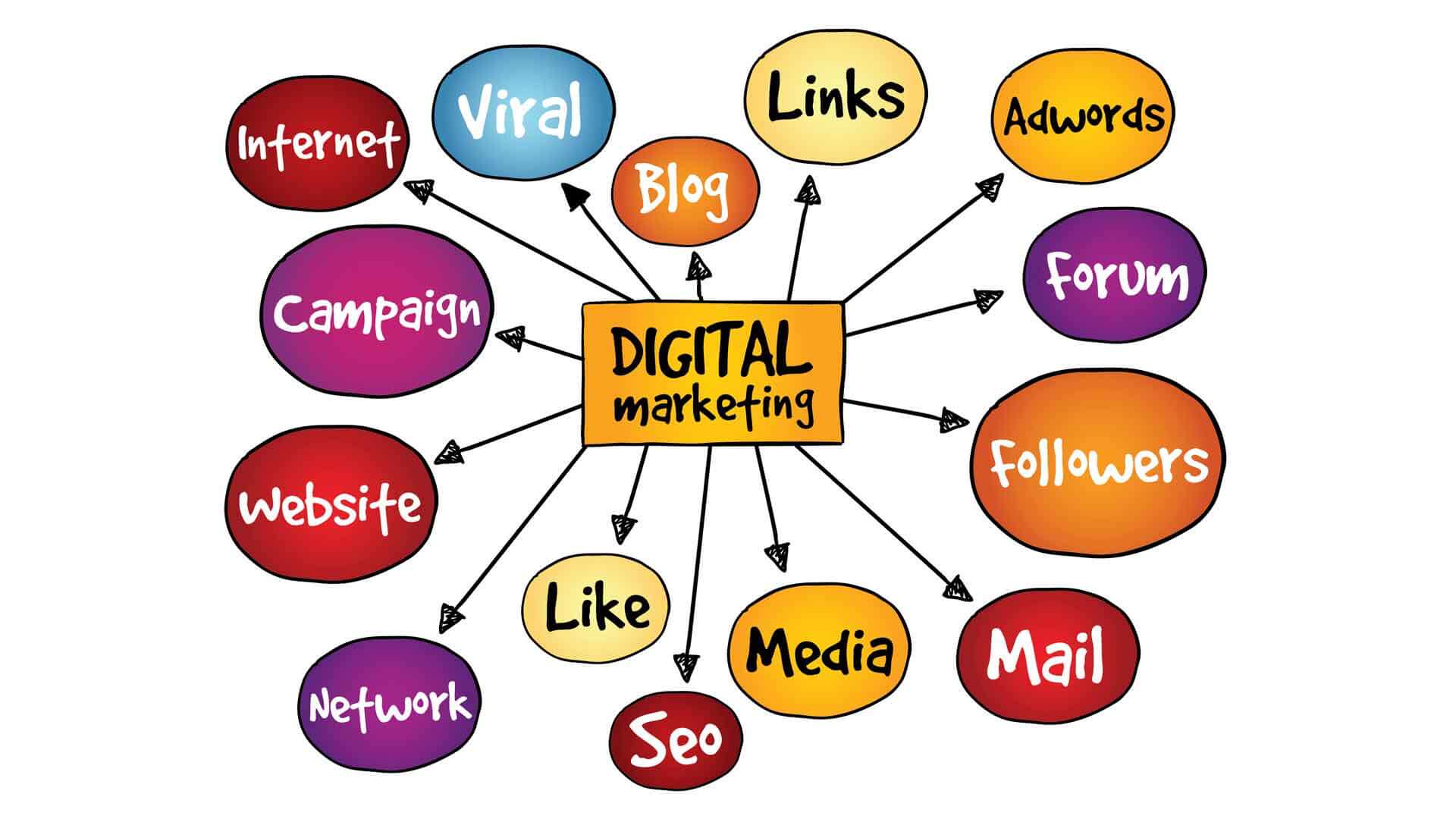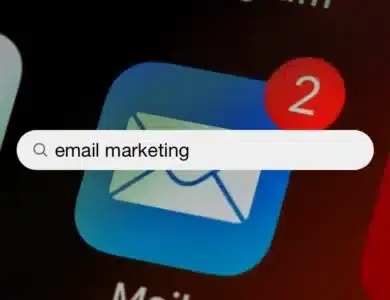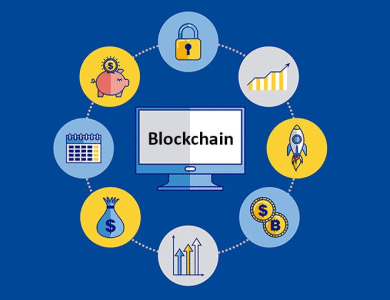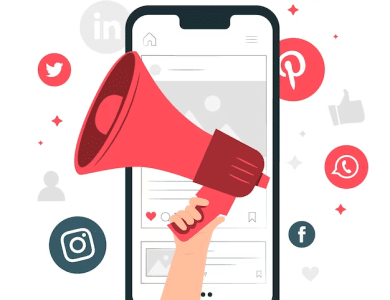
Is mentality important in the marketing world? This is probably the questions you asked many times. Yet, the right answer is difficult to find. There is a saying that mentality is everything. Because of that, it is vital for marketers to use psychological principles to attract and engage customers. Mentality focuses on the understanding of the individuals, groups, or organizations and the processes they used to select, secure, use, and dispose of products, services, or ideas to satisfy their needs and the affects that these processes have on the consumer and society.”
Companies in the competitive and global world today need to understand their customers when developing and marketing new products. Traditionally approach to marketing may have identified that a product appeals to consumers in a satisfied demographic, today businesses are digging deeper to understand why consumers act in specific ways, and what influences shape the way they might react to situations. Consumer choice historically was often driven by corporate imperatives, but today, consumers have access to many more options than they used to, giving them more control to demand products and services that meet their needs.
Applying mentality in marketing can alter the positioning of a product in the marketplace and can even change the design of the products themselves. The mentality, therefore, is essential to marketing because marketing is all about people. Many different psychological factors influence the people you’re marketing to. If you do not understand how this impacts people to make buying decisions, your marketing efforts could be lacking the power they need. Therefore if you know how people think, you can learn to market and sell more efficiently.
Here are some key things to consider when you incorporate mentality in into your online marketing efforts:
Understand needs and wants: In your messaging, communicate that you understand what your target market needs and wants. Whether you do this with imagery, design or words is up to you, but your target market should know that you understand what is important to them. Egos drive people, therefore you will need to see how the ego plays into buying decisions. Most often, people will want to buy a product that matches up with their dreams for their future. So if you’re selling a widget, think about how that widget gets someone closer to their personal or professional goals in life. How will they feel about themselves when they use your widget?
Reciprocity: If you give your customer something that is of value to them, they are more likely to give you something in return. For instance, if you give them a free trial of your product, they’re more likely to end up buying the product.
Social validation: People want to know that they’re buying something famous, and they want to do what other people are doing. So when they see things like case studies and testimonials on your website, it will appeal to them.
Liking: Creating a connection with your audience and getting them to like you boosted chances that your potential customers may turn into actual customers. One of the most common ways to do this is to relate to your audience through social media.
Authority: People believe in a company when they’ve established authority in their field. You can do this by providing excellent information and participating in industry associations and events.
Thinking about your value proposition: Instead of focusing on how your product differentiates from others in the market, think about the problems it solves instead. People are looking for solutions to their problems, not innovative products they don’t know how to use. Make sure that the solutions you offer are relevant to your target audience if not, redefine your audience.
Defining your audience: After you’ve established your value proposition, it is time to start targeting the right people. Discussing with friends, family and business partners can help you shape a better understanding of the type of person who would be willing to become a customer. Think about demographics, lifestyle, hobbies, personality, attitudes, products they are likely to be using, brands they are expected to follow, etc. The more you define your audience, the better. Having a clear image of whom you are talking to, can lead to more effective communication and better-tailored messages.
Build a great brand: Your brand is your identity. Creating a healthy brand from the beginning can act as an excellent guide for your communications, product lines, and everything else as it gives personality to your new business. Your brand’s character should be aligned with that of your target audience, as people are more likely to buy from brands to whom they associate with.
Leverage PR early: Even if you don’t think your product is pioneering enough to be featured anywhere, it is not worth the try. It is possible that your local media will respond to a nicely worded press release. PR can provide you with local brand awareness and save you a lot of money since it is free. Even if you don’t get published right away, it is always a good idea to build relationships with your local media. You will probably need those in the future.
Monitor your competition: Often start-up owners are tricked into believing there are no direct competitors to their unique offering, but that is usually wrong. Think about the general product category and how people typically choose to satisfy those needs that you are offering to fulfill. Now that you’ve found your competitors research them. Read their websites, social media platforms, engage in active listening by reading customers’ comments and reviews and gain valuable insight that will help you reshape your offering and brand image. After you have completed all the following, it is time to start investing in marketing. The truth is that waiting too long without marketing your business causes more damage than good. The sooner you start implementing your strategy, the better.













